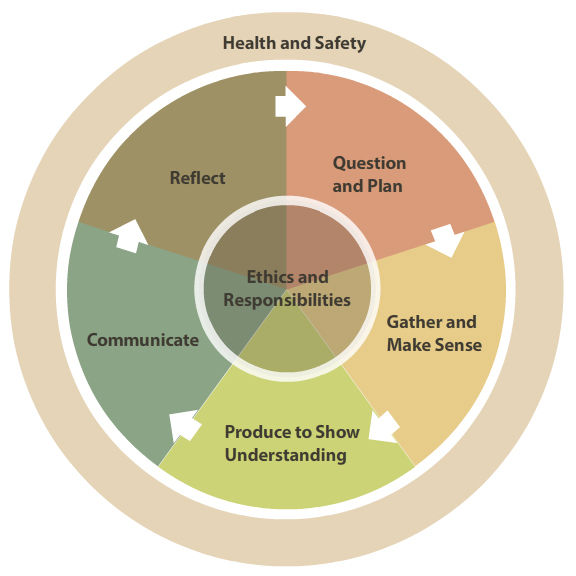Why Digital Citizenship?
- J. Peters
- Jul 8, 2018
- 3 min read
From the first moment we enter a classroom, we begin to understand and develop a sense of what it means to be a good citizen. If I were to offer my own exploration of the term words like respecting oneself and others, demonstrating a positive attitude, kind and caring nature and participating as a member of the learning community come to mind. So, I wonder why I have not yet explored what it means to be a good digital citizen, particularly as a current classroom teacher who works with students who are constantly engaged with their devices. In my classroom, discussions surrounding technology have for the most part involved respectful negotiations surrounding appropriate use. These negotiations are ongoing and frustrate me as I have a hard time understanding why these students need to be constantly connected! As an adult and a digital immigrant, I am still adjusting to what this technology has to offer and I’ve been for the most part engulfed by media stories and images showing me the dark side of the digital revolution. I’ve never considered that my students who are digital natives may need some guidance in how to be the best digital citizens they can be and how this might have a positive impact on how they interact with technology not only in the classroom environment but on their own time as well. Boyd (2014), supports this idea when she suggests that, “Just because teens are comfortable using social media to hang out does not mean that they’re fluent in or with technology” (p. 22). After all, helping students to understand what being a good citizen involves is an ongoing process and one that is an integral part of their education across the curricula and throughout their years of schooling. Why not the same for Digital Citizenship?
To begin to learn how I can infuse digital citizenship into the curriculum I teach and with the students I work with, I decided to start by looking at what Manitoba, my home province, offers teachers as guidance for teaching Digital Citizenship. Manitoba education and training offers a website called “Literacy with ICT Across the Curriculum. A Model for 21st Century Learning from k-12.” This site offers teachers, school leaders and parents some descriptions and resources but does not offer much depth. I did, however, find the model below interesting. I also found a document entitled the “Bring Your Own Device Guide” for school leaders who are considering implementing a bring your own device policy at their school. This policy is in place at my school and so students are encouraged to bring their own devices to be used as an educational tool in the classroom. This second resource offers much more including questions for consideration when guiding students through digital literacy and citizenship. Check out the links below and take some time to explore them as I did. I’ve included some of the questions below as well.
What is the LwICT model?
According to “Literacy with ITC Across the Curriculum” document from Manitoba Education and Training (n.d.), “It is a visual representation of the relationship between the big ideas and guidelines of the Developmental Continuum for Literacy with ICT Across the Curriculum”.

Some questions for consideration from the Bring Your Own Device Guide (2014):
QDo our teachers and students know how to effectively use communication tools (such as social media, blogs, wikis, etc.) to extend and enhance learning and collaboration?
Q Do we have a plan to help our students learn and grow from conflict caused by miscommunication?
Q Are guidance counsellors and resource teachers supporting students in developing their communication, social/emotional, and conflict resolution skills (p.6)?
References
Boyd, Dana. (2014). It’s Complicated: the social lives of networked teens. New Haven, CN: Yale University Press
Manitoba Education and Advanced Learning (2014). Bring your own device guide. Retrieved from http://www.edu.gov.mb.ca/k12/docs/support/byod/document.pdf
Manitoba Education and Training (2013-2016). Literacy with ICT across the curriculum. A model for 21st century learning from k-12. Retrieved from http://www.edu.gov.mb.ca/k12/tech/lict/about/project_team.html






Comments